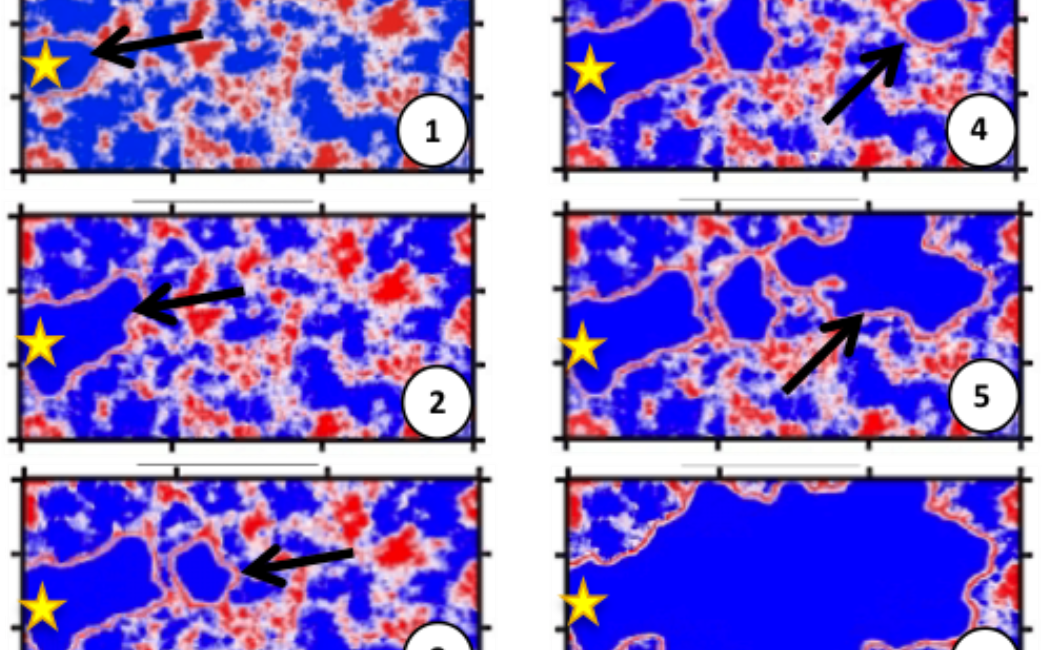


Earthquake rupture dynamics is a rapidly evolving field in earthquake seismology due to the increasing computational resources available. It is also a topic of great importance and social relevance as the details of the dynamic fracture process of an earthquake determine the space-time evolution of the rupture process, and with that the seismic shaking and corresponding secondary effects (e.g. tsunamis, landslides).
Unfortunately, earthquakes generally occur mostly deep in the Earth, and the mechanics of the breakdown process cannot be studied directly. Hence, our knowledge on the details of earthquake rupture dynamics is quite limited. Therefore, numerical simulations are needed, combining fundamental physics with laboratory observations on friction, and testing against seismic observables, to better understand and model earthquake ruptures.
In our group, we use different numerical techniques (spectral elements, finite difference methods) in two- and three-dimensions, and study dynamic rupture properties for linear- and non-linear frictional behavior at the fracture front, or for heterogeneous initial stress conditions on the fault.
Our findings demonstrate the existence of different rupture modes (cracks, and pulses; sub-shear and super-shear rupture speed), and transitions between these modes. We also examine dynamic ruptures in the presence of geometrical complexity of the fault, and corresponding effects on the shaking levels at the Earth surface.